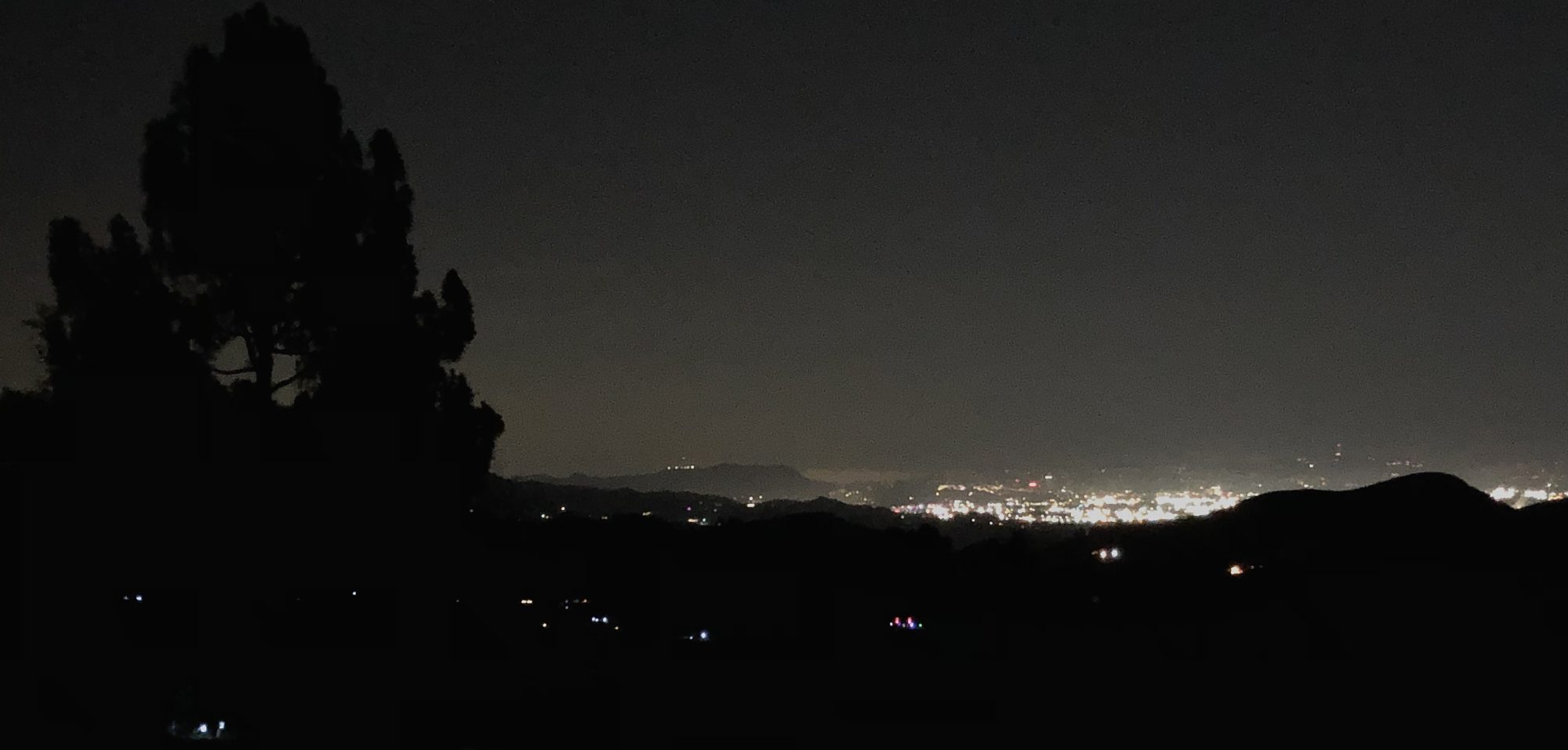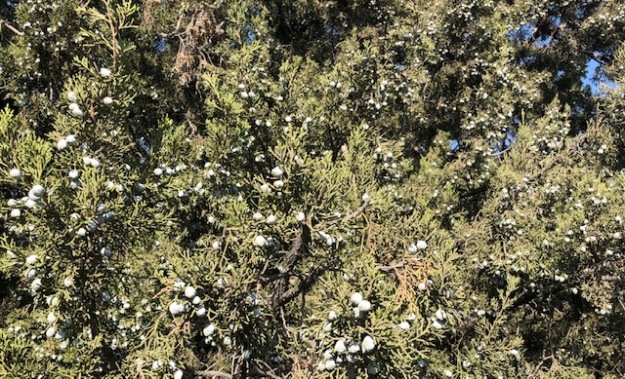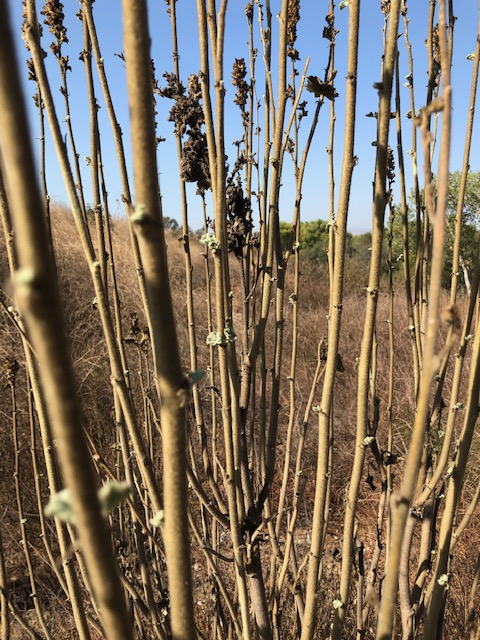😈 Hallowe’en 2021 Creepy Neighborhood Award: the Weird, Wicked West Valley
This year the Palsied Hand for creepiest, most terrifying 😱 LA Neighborhood goes to [eunuch strikes gong] 🤔🤭😏🙄🤞🏼🙋♀️🤷🏽♂️🙈

West San Fernando Valley! Go anywhere west of Van Nuys and you’ll find yourself in LA’s Transylvania. The mountains are creepy, the hills are gray like ghosts, the boulders make obscene mocking faces at you, there are gas fumes in the canyons, and the treacherous slopes hide a thousand Ways to Hell. Its bowls and washes cradle weird gated suburbs where ageless rich people seem to go in (Tesla, Tesla, Mercedes, Audi, Tesla…) but never come out. There are stoplights that are red in all directions and never change. Take this virtual tour of the SFV’s strangely sterile, outlandishly pricey, desperately macabre badlands…Timid Reader, you’ll cringe, gasp and retch at these scary, spookly stories! 😈 HA ha ha ha ha….

LEONIS ADOBE: The snake-like road at the bottom of the map is the Ventura Freeway, aka “the 101,” which follows the route of El Camino Real, which is Ventura Blvd, upon which the Leonis Adobe fronts, and has done since 1844. The town of Calabasas was built around the ranch — location location location. It served in good times as a coaching rest stop. But sometime in the mid-1870s, a brutish Basque bully of a sheepherder named Miguel Leonis got control of Rancho El Escorpion by marrying Espiritu, the legitimate Chumash heiress. Leonis turned her ranch house on the Camino into a center of terror and intimidation for the whole West Valley. If arguments and fistfights and lawsuits didn’t settle it Don Miguel’s way, a gang of hitmen at midnight would. Murders and beatings just happened to people who crossed him. He stole, swindled, and connived; he drove off Yankee squatters with blazing shotguns. He acquired land and wealth and water rights simply, it seems, in order to dispossess other people. When he died, he dispossesed Espiritu; she had to wage a court battle for 20 years against the estate; they finally ruled it did belong to Mrs. Leonis, the by-then octagenarian Indian princess. She lived in her adobe home until she died in 1906, still looking great by the way.



Miguel Leonis, the Devil of Calabasas, died in September 1889, while driving a wagon home from a victorious session in court at downtown LA, and a celebratory booze-up afterwards. As his horse plodded across the silent, moonlit Cahuenga Pass (recently bought by the brand-new village of Hollywood), somehow the drunken miser fell from his buckboard and tumbled under the wheels, which left rut-marks across his face and chest. If such a thing could be an accident, it was natural justice, fittingly ‘Hollywood’ in tone and atmosphere. BUT, the ghosts are all in the West Valley. The adobe is famous as one of the most haunted places in LA. The house is a museum, where people come to see ’em — as they did this afternoon with kiddies in costume, etc.






👹 KOBE’S DOOM — January 26, 2020, was a foggy, overcast day in the West Valley, not cheery and picturesque like the photo above. It seems the helicopter pilot became disoriented flying over the hills, tricked by the flat gloomy light. The accident shocked the world and sent basketball fans into mourning. The tragedy was compounded by an ugly legacy of accusations and lawsuits that have yet to run their course. This grim LA story just won’t go to its rest, trailing fetid fetters of money, fame, envy, and that most horrifying of all our dooms, human error. It may haunt us for a long time to come. RIP.





FOUNTAIN OF THE WORLD CULT BOMBING SITE

😈 Box Canyon Road is the road the heroine shouldn’t turn onto, in a Shirley Jackson novel. Meandering, narrow, hard to turn around on once inside, it is cut off from the rest of the Valley. This is one of those places that refugees from the new Atomic reality retreated to after the War… land so remote, so uncivilized, so sore to the eye, that nobody else had ever wanted to touch it before. Like many such marginal places in LA, it attracted its own cult; which, like many such cults, attracted its own disgruntled suicide bombers armed with twenty sticks of dynamite.💥 🔥







🛎🛎🛎👺 BONUS POINTS for the Standard Air disaster of 1949, noted in the red box above. The Fountain of Life folks helped rescue the survivors, God bless them all. This ghastly accident followed an eerily similar chain of events to Kobe’s demise; a pilot distracted by passengers, but not badly, flying in morning fog not too bad, descending through a familiar flight path too quickly, but not all that fast… The accident report is fascinating and depressing. It happened right at the Devil’s Slide, by Chatsworth Reservoir. For a chilling View of how the Valley fog can distort our hills for pilots, let lovely 🌋Lopez Canyon be our spokesmodel.👺 Land of Contrasts, indeed!





Top row, see the low hills in fog. Bottom, see the high hills hidden behind the low!




ROCKETDYNE SANTA SUSANA FIELD LABORATORY NUCLEAR REACTOR MELTDOWN SITE / WOOLSEY FIRE RADIOACTIVE FALLOUT 😈 Suck it up, SFV, the wages of sin is dust! 😮💨 Lucky that Valley Village is a few blocks out of range of the worst zone. The View has already uncovered the Cold War hubris involved in Rocketdyne’s 1952 sodium-nuclear reactor meltdown and cover-up. Now that we definitively know it’s as bad as we all thought it was, let’s cover it up again.🙈 🕵🏼♂️ What about the possibility that the Woolsey Fire was started in the first place by methane or other hydrothermal venting? 🙉








THE DEVIL’S SLIDE, PIONEER CEMETERY, CHATSWORTH PARK SOUTH, VITRIOL FALLS
🤡 Check back issues of the View for the infamous Devil’s Slide. The stagecoach road leads straight down to Oakwood/Pioneer Cemetery, then veers sharply around it at the bottom.



The humid green lawns seem especially eerie in these Latter Days of drought and sprawl. The 20th century fixation on turning the West Valley into the West Country of England, or Westchester West, with green lawn estates and clapboard churches, seems…a bit like folly, eh? 🤡 The tombstones here are great, creative, not somber. Angelenos, RIP.







😈 The gaping mouths of Vitriol Falls must be fresh in your mind from the recent post:





CHATSWORTH PARK SOUTH https://ssmpa.com/chatsworth-park-south-old.php This was the old RR Ranch, home to Roy, and Dale, and Trigger, pictured below. 😈 Part of it was developed as a skeet-shooting range in the 50s; afterwards the City figured to save it for a park, happily (for wildlife) contiguous to other West Valley parks. But in 2008 they found spent shell casings and lead contamination everywhere. They closed the park for YEARS; in 2013, the City renovation plan emerged, which was to tear out all the nature and turn the site into a giant parking lot for…itself. Finally they came up with something green, but without any imagination or uniqueness or sense of site ecology — just swing-sets and brown lawns and picnic tables — but anyway a few years ago it was re-opened. It was a terrible disgrace for the City of LA to take so long. It took dogged community activism to get that park back; the link above is to the website archive of the Santa Susana Mountains Association. It’s worth a Hallowe’en skim to remind yourself how much citizen work it takes to get the right thing done.






JUAN FLORES CAPTURED “Head ’em off at the Pass!” The Santa Susana Pass, fka Simi Pass, and the San Fernando Pass, and the Newhall Pass, fka Fremont Pass, were collectively “the Pass” — and they were all used by bandits and desperadoes as hideouts and get-aways back in the days when the SFV was the Wild West. One of the dreamiest most charismatic worst was revolutionary hero California rights activist murderer and robber Juan Flores. After he shot the sheriff, but did not shoot the deputy, a massive manhunt was coordinated by Rancho Ex-Mission San Fernando owner, U.S. Senator, and former Captain General of the California Lancers, Don Andres Pico. Flores was finally forced to surrender in the Pass. His hanging at Fort Hill, as reported by the Star, was so botched and gruesome it invites Hallowe’en perusal:






SPAHN MOVIE RANCH AND THE MANSON FAMILY CAVE
Roy Rogers wasn’t the only one whose Western-themed ranch hit hard times in the 60s. After the Hollywood studio heyday waned, Ed Spahn kept a movie location ranch going on some camera-ready acres in the Santa Susana Pass by booking it for TV Westerns like Gunsmoke and Bonanza. By the late 60s, even this second-wind was fading, and the ranch lacked business. So when Spahn met a nice fellow called Charles Manson who had been beating around the chaparral after leaving the Fountain of Life, Spahn hired him; and he let the youth’s groovy friends move in to do chores on the place, sleeping rough and running around barefoot and letting the sunshine in. 😈 Helter Skelter! On the new freeways, chic Laurel Canyon was just a few minutes away.

Natural gas — methane — can be smelled all over the West Valley but especially in Porter Ranch. (Natural gas is odorless; if you can detect it, it’s man-made. They put the sulfurous odors in so that it can be detected.) I’ve been driven off trails in Las Virgenes and elsewhere in the Wild West by the stench. It’s awful that the State has recently re-committed to pumping tons of methane into the West Valley storage grounds even after the scandalous Aliso Canyon leaks.



https://projects.laist.com/2019/after-aliso/ LAist.com has put together a good discussion of the problem. 😈 Because educated public discussion is always great at solving society’s problems! HA ha ha ha ha ha……
HAPPY HALLOWE’EN FROM THE VIEW!!😈💥🌋🔥👻🎃🧛🙈🙉🙊⚡️⚰️🦦












































































































































































